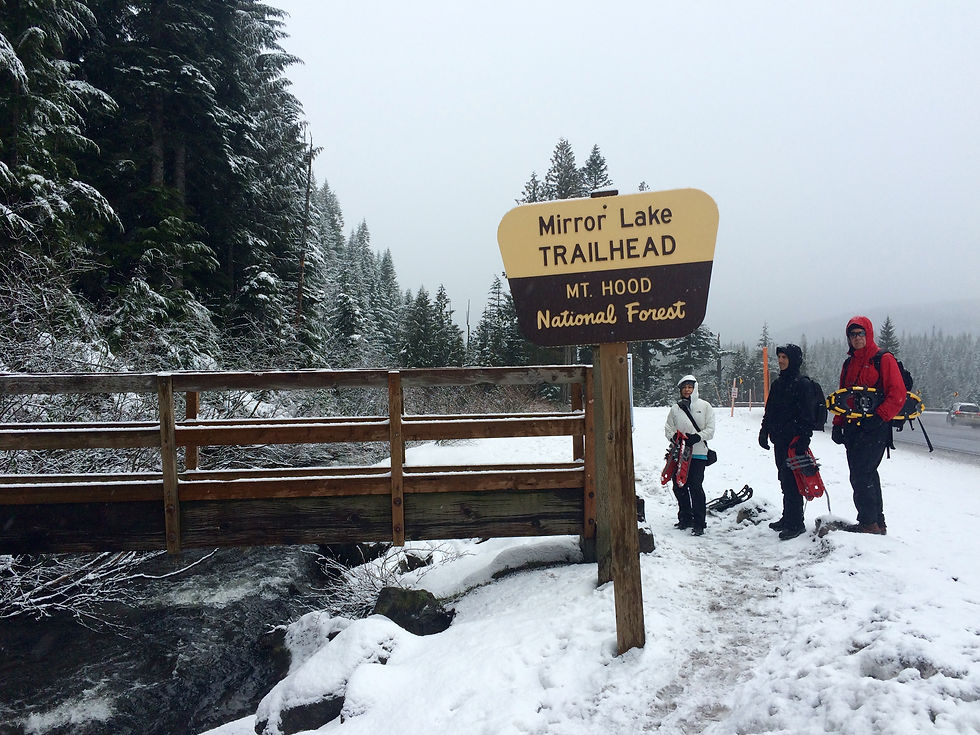Shin Splints Stopping You in Your Tracks?
- Courtney Truax, LMT

- Oct 24, 2023
- 3 min read

If you have ever done any kind of running, whether that is long distance, short sprints, jogs with the dog, or playing sports that require you to move faster than a walk, the odds are you have experienced the pain commonly known as shin splints. Shin splints are a common exercise-related injury for anyone who runs, dances, or does any form of vigorous sports activity.
The pain is felt in the front of the lower leg, usually on the medial (inside) portion of the shins. It is an inflammation of muscles, tendons, and bone tissue around the tibia bone. It may feel sharp and razor-like, or it may be a deep throbbing pain, that flairs up during activity or immediately afterwards. It may be tender to the touch and slightly swollen. Often times, people who are beginning a new training regime or those who suddenly ramp up their program may experience shin splints.
Shin splints often occur from the intense, repetitive activity, but it is also commonly contributed from having flat or stiff arched feet, over pronating your feet while running, and not properly warming up tight muscles before activity. Here are some tips on how to help treat your shin splint pain:
Rest – When you experience pain in your shins, stop the activity that you are doing right away. It is often an over use injury and you need to rest to allow the pain to subside and to heal. Do not do the activity until all pain or swelling is completely gone, and then you can slowly try to start up again, as long as you do not experience any more pain.
RICE – Again, when experiencing pain and inflammation, follow the RICE protocol: Rest, Ice, Compress, and Elevate. Your doctor may even prescribe some over the counter anti-inflammatory medicine, such as ibuprofen, to help reduce the pain and swelling.
Shoes – Wear supportive shoes for your activity and foot. If you need to, add arch supports to your athletic shoes and make sure your foot is being properly supported and cushioned to reduce the impact of running and jumping. Also, if you are frequent runner, make sure you replace your shoes often. Worn out shoes will add stress and strain to your muscles.
Stretching Exercises – Having tight muscles and lacking flexibility in the calves and feet areas can be causing your shin splints. Do range of motion exercised of the feet and ankles. Before and after activity, stretch your calf muscles (gastrocs and soleus muscles). You can do some against the wall calf stretches. Even do some calf raises to help strengthen possibly weak muscles to help create more muscle balance. Always warm up your muscles before any activity to get the blood flowing and your muscles ready for the activity.
Massage - The simple act of rubbing can stimulate the blood flow to the area and help reduce pain. Once any swelling has gone down, start to do some simple massaging and range of motion exercises. Receiving massages on the lower legs can help reduce tightened muscles and increase your range of motion and flexibility as well.
As with all injuries, practicing prevention is always best. Make sure you are wearing proper shoes for the activity. Always warm up your muscles before and stretch them back out after activity. Rest, ice, and recover as needed. Do not push through the pain, as it may lead to a more serious condition, such as a stress fracture. For more chronic or severe conditions, always consult with your doctor.





Comments